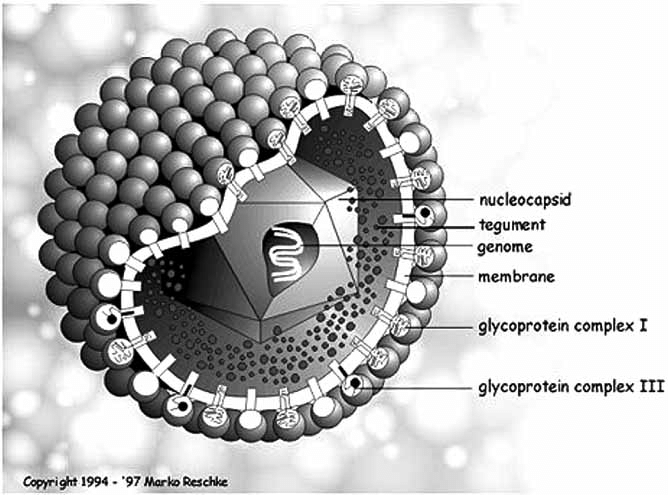LifeTein recently announced a significant accomplishment in peptide synthesis: the successful creation of the C subunit of the ATP synthase. This subunit is a highly hydrophobic peptide composed of 75 residues and plays a crucial role in cellular energy processes. Its structure is characterized by a transmembrane α-helical “hairpin” formation, typically assembled into oligomers of 8-16 units, varying with species, within the mitochondrial inner membrane.
The intriguing aspect of the C subunit is its spontaneous folding into a β-sheet conformation. The peptide’s far-UV circular dichroism (CD) spectrum analysis verified this unique structural formation. Intriguingly, the β-sheet conformation of the c subunit can lead to the formation of aggregates. The process of cross-β aggregate formation was carefully observed using the amyloid-binding dye Tiofavin T (TT). A pivotal discovery in this study was the identification of the essential role of Ca2+ in guiding the folding and self-assembly of the c subunits. This process influences the formation of oligomers, as opposed to fibrils.
Amyloidogenic peptides are known for their ability to form ion channels in lipid bilayers, and the human synthetic c subunit synthesized by LifeTein is no exception. This amyloidogenic peptide forms oligomers capable of creating ion-conducting pores in planar lipid bilayers. Interestingly, these oligomers present similarities in ion channel formation with other amyloids and synuclein, albeit with lower conductances compared to the canonical PTP. These misfolded forms of the c subunit, potentially toxic, could play a significant role in cellular pathophysiology, offering insights into various diseases.
This synthesis and study of the ATP synthase’s C subunit mark a notable advancement in peptide research, contributing valuable knowledge to the field of biochemistry and molecular biology.
For more detailed information, the original study can be accessed here: Nature Article on ATP Synthase C Subunit.
LifeTein’s work not only showcases the complexity of peptide synthesis but also opens avenues for further exploration in understanding protein structures and their implications in health and disease.
Reference: https://www.nature.com/articles/s41598-021-88157-z.pdf

